Evolution of Everyday Oddities
The development of societies over time always mesmerizes us. Even the objects we use in our daily lives have a history. Some inventions have evolved in ways far different from their original purposes. They can enter surprisingly diverse areas of use. Let’s explore some interesting facts about life together.
Salt used to be equivalent to money.
Salt, a common ingredient in our tables, is widely used to add flavor to food. Would you expect salt to be used as money? However, things were different in ancient Rome. Ancient Romans used salt for payment. And in fact, the English word “salary,” meaning payment, also comes from salt.

The first eyeglasses were used in Italy.
For some of us, living without glasses is impossible. We might not even be able to go about our daily tasks without them. If you’re curious about when the first wearable glasses were invented, it was around 1284 in Italy.
The first eyeglasses consisted of lenses mounted on heavy frames held or worn on the nose. The materials used for the frames were organic materials such as wood, copper, leather, and bone.
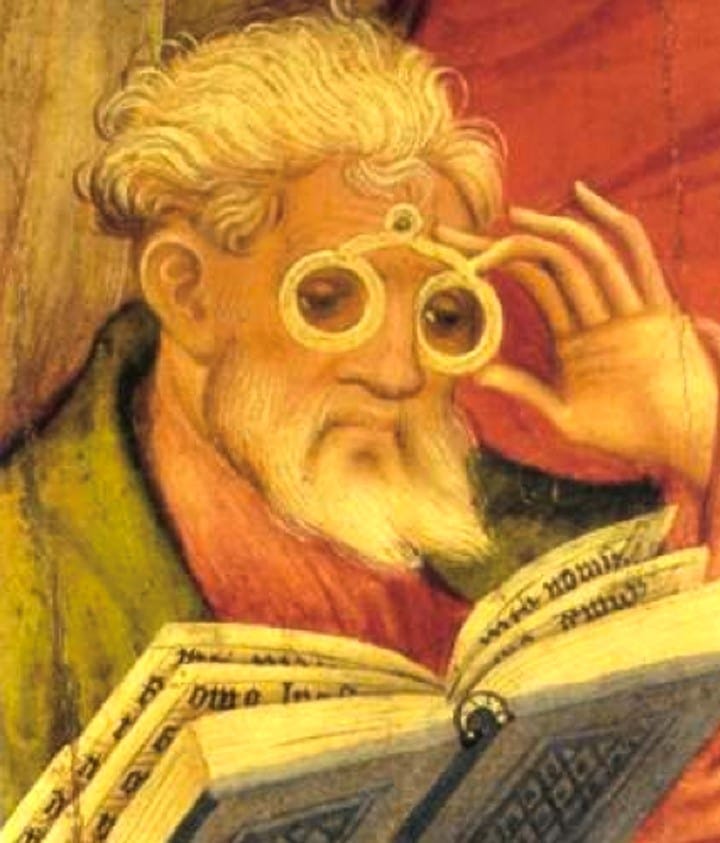
The world’s first webcam was invented to monitor a coffee pot.
Great inventions can sometimes be found for odd reasons. The webcam was originally developed to keep an eye on a coffee pot.
In 1993, a group of researchers in Cambridge were too lazy to go to the coffee pot to check if it was empty. So, they set up a system to transmit images from the kitchen. By the end of the year, the camera became famous along with the coffee pot.
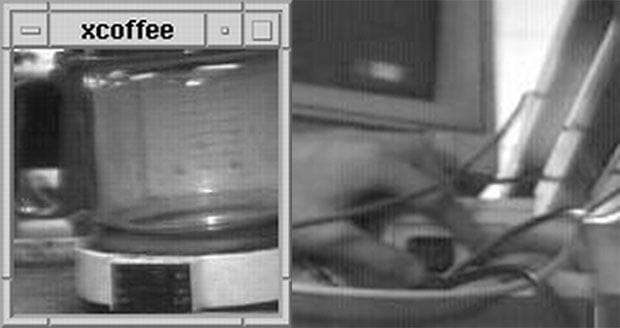
Chocolate was originally used as medicine.
After its discovery in America, European explorers were fascinated by the properties of cocoa and how the Aztecs used it in various ways. When it started to be used, it was recommended for various types of illnesses, from fevers to digestive problems and nervous system disorders. Some doctors even prescribed it as a treatment for hypochondria.
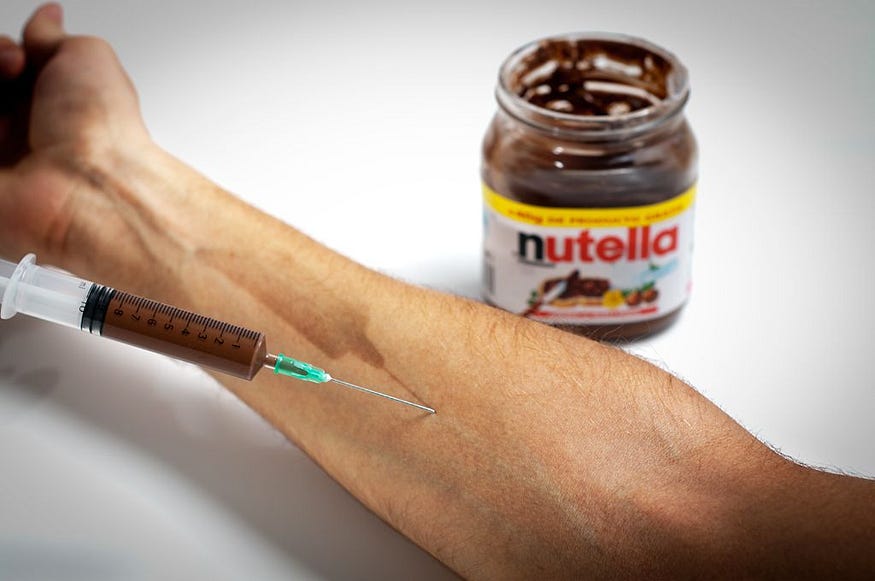
Bubble wrap was actually produced to cover walls.
When this product with bubble wrap arrived, popping the bubbles felt so stress-relieving that some people bought it just for that, but initially, it was invented as textured wallpaper.
In 1957, it was intended to be sold as greenhouse insulation. Over time, it was discovered to be good for protecting items from breakage.
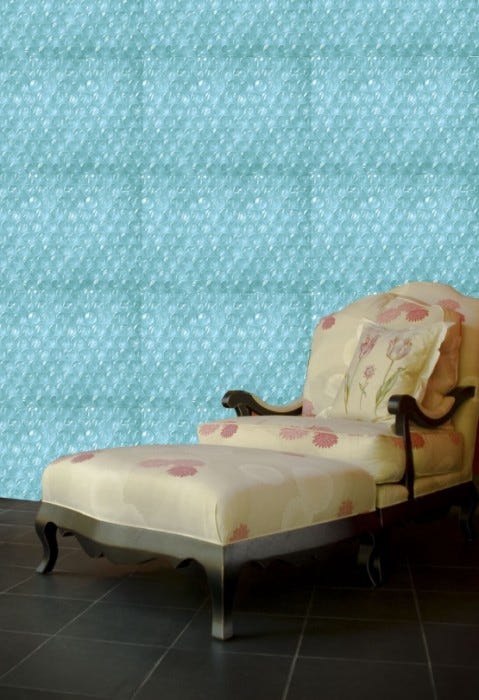
The computer mouse used to be called a bug.
Despite being quite popular now, early versions of the computer mouse were once called bugs. It wasn’t known by its current name until a cable was added to its design. Once the cable was added, it started to resemble a mouse’s tail, hence the name “mouse.”
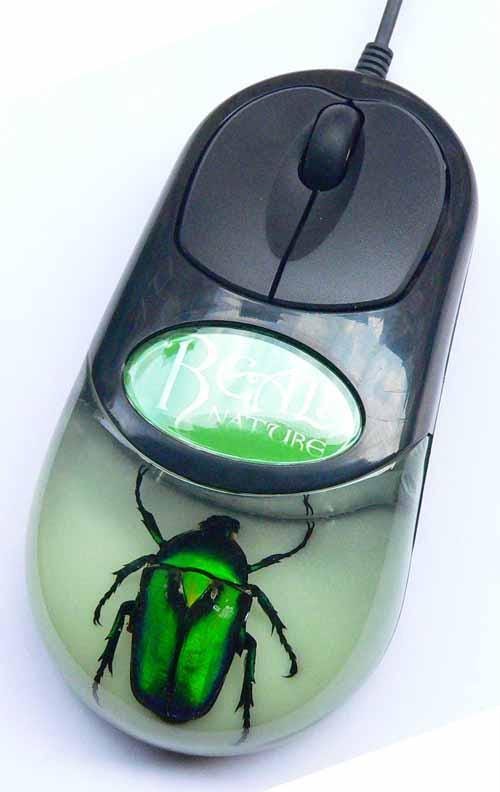
The ideal time to dunk a biscuit in milk is 4 seconds.
If you’ve ever tried to figure out how long to dunk your biscuit in milk before it becomes too soggy to hold, researchers at Utah State University found that after a 2-week study, 4 seconds was the ideal soaking time. It reaches maximum absorption without becoming too moist at 4 seconds.
Peanuts are not actually nuts.
Peanuts are a type of legume, not a nut. Despite being called nuts, peanuts are surprisingly not nuts but legumes. Like soybeans, lentils, and other legumes, peanuts are one of the edible seeds that grow in pods.

Eggshells can be used to treat broken bones.
We tend to think of eggshells as fragile, but they’re actually much stronger than they appear. So much so that they can even be used as a material to repair fractures in the body. Scientists at the University of Massachusetts Lowell discovered a way to use crushed eggshell particles to help new bone formation.

YouTube was originally designed as a “dating app.”
YouTube, a platform accessible for all kinds of videos, originally had a different purpose. According to founder Steve Chen, when YouTube was launched on Valentine’s Day in 2005, the initial idea was to help people upload videos discussing their romantic preferences and the type of partner they were looking for.

Homework was once considered harmful to a child’s health.
Even though it has been quite some time since homework bans, debates on this issue still continue. In 1901, a homework ban was introduced in California, and all students under the age of 15 were prohibited from doing homework. Some doctors and teachers argued that it had a negative impact on children’s health due to the excessive stress it caused. However, after 16 years, homework was reintroduced in 1917.

Lobsters were once a prison food for criminals.
In the 1880s, lobsters were so abundant and inexpensive that they were considered a low-class food and given to prisoners since they were deemed unfit for consumption. Later, they became an expensive and prestigious food.

The eraser was invented 200 years after the pencil.
Although pencils have been around for about 400 years, the eraser wasn’t invented until about 200 years later. Until the invention of rubber in the 18th century, people used things like sponges or even pieces of bread to erase pencil marks.
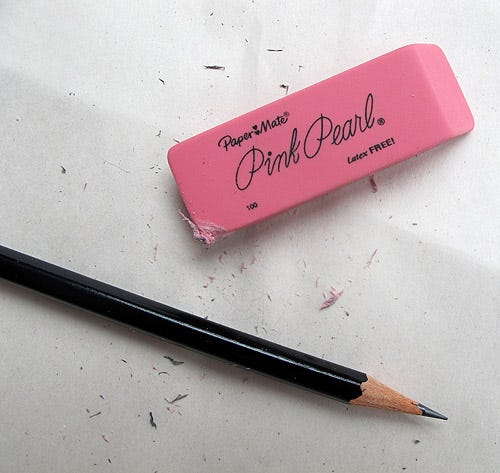
Yorumlar
Yorum Gönder